A few days ago we saw in the networks a post of Arturo Arias in which he said textually “Little by Little we are opening more the doors of my H-ICU… and I wonder: How we were able of having them closed for long time…?”.

Probably, and we should study it soon, many ICU have started to give steps toward a greater opening. The present benefits in the scientific literatura in the last fifteen or twenty years are moving to the reality of our ICU in a growing and unstoppalbe rhythm in the last three years.
Those who are in the process of opening, surely have read the bibliography of the famous “2007 Davidson guidelines” where we found a path to advance our purposes.

Today, a decade later, and just “outing from the oven”, we have the new Davidson guidelines.
Convinced of the importance that the impact of a critical disease has for families, and how attention to the family affects in the results of the own patient, Judy Davidson and a numerous panel of experts From all the world, present a group of recommendations and structured interventions to give support to the family of the critically ill patients.
In the words of the authors, these guides are not an update of the previous ones; they are the result of a new and more rigorous analysis. They represent the “State of the art” from a scientific perspective about family support and family-centered care. With a rigorous methodology in the selection of bibliography and critical analysis of the same, international experts defined the main questions (PICO) to respond, and through a process of grading of evidence (GRADE) present their results. This team was supplemented, as not could be of another form, with the incorporation of the perspective of patients and families in different phases of the process of review, analysis and development of recommendations.
Logically, we will not find with recommendations based on double or triple blind clinical trials, because that kind of designs for this type of study would be a mistake (such as to demonstrate the effectiveness of a parachute). But for sure we find a comprehensive synthesis of more than two hundred seventy publications that contain the current knowledge on the topic.
The guides is are structured in five main blocks that include:
1. Family presence in the ICU
2. Family support
3.Comunicacion with family members
4. Use of specific consultations and members of the ICU team
5. Management and environmental aspect
Each one of the blocks collects a series of recommendations synthesized with a detailed justification of the research in which are support each of them. The good practices that are identified and exposed can be the basis for the local development of procedures adapted to the particular features of each environment.
But these recommendations not only have the value of synthesis, but pose with great success, numerous aspects in which still exist uncertainty and in which is precise focus the research future.
And if the document itself is priceless, don’t miss some of the “Tools” proposed in the same and that are linked as electronic appendices (we will talk of them another day).
And as Triana says and to get closer to the Andalusian touch that the upcoming 3rd Conference of Humanization of Intensive Care #3JHUCI will have on May 18th and 19th in Granada (Spain): “Baby open the door, the day is beginning… ”


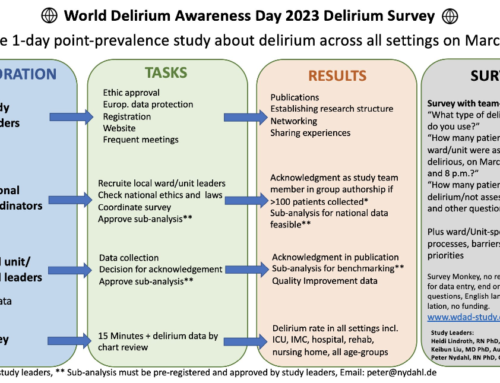
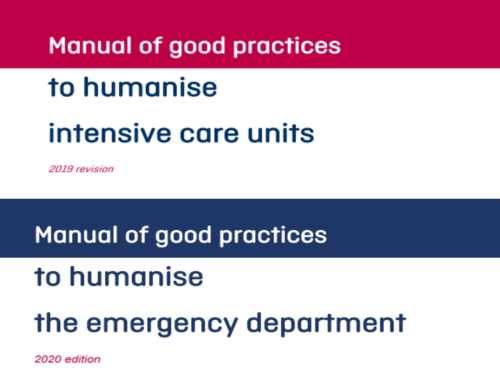
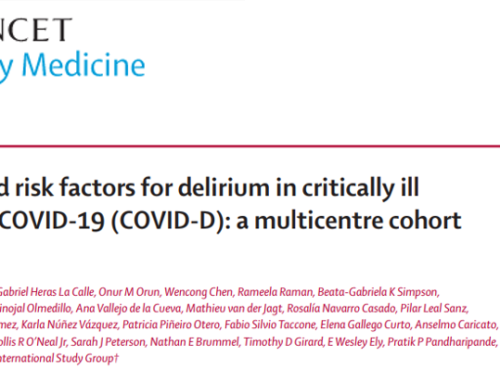
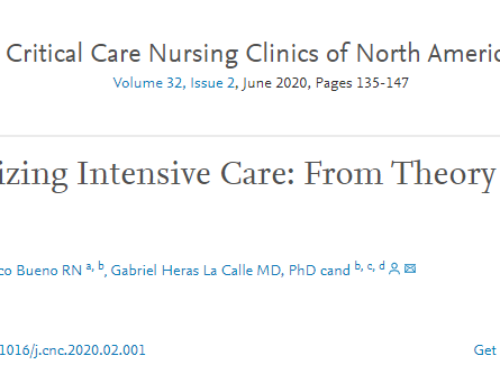
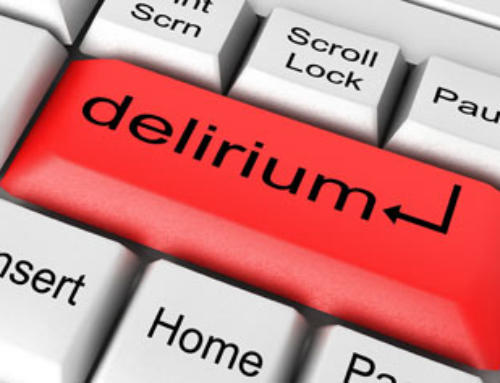
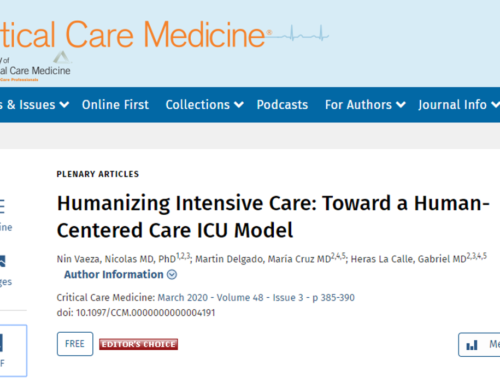
Leave A Comment